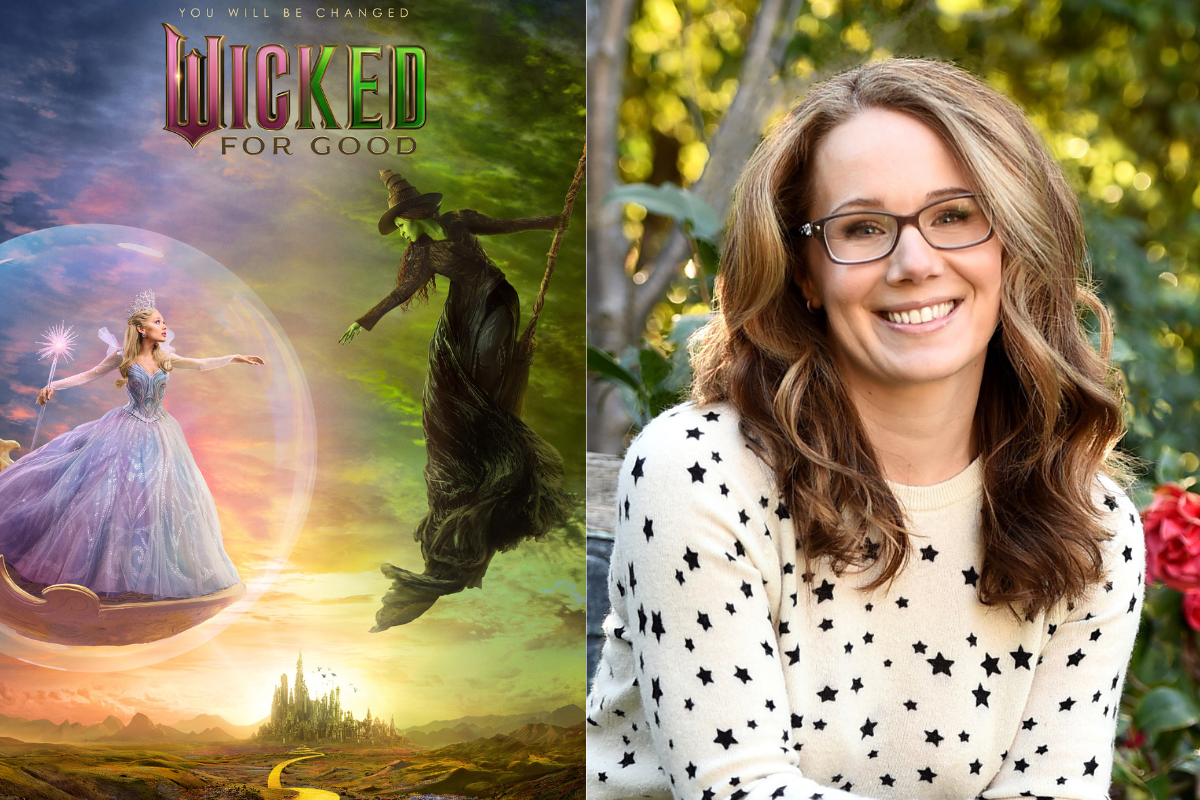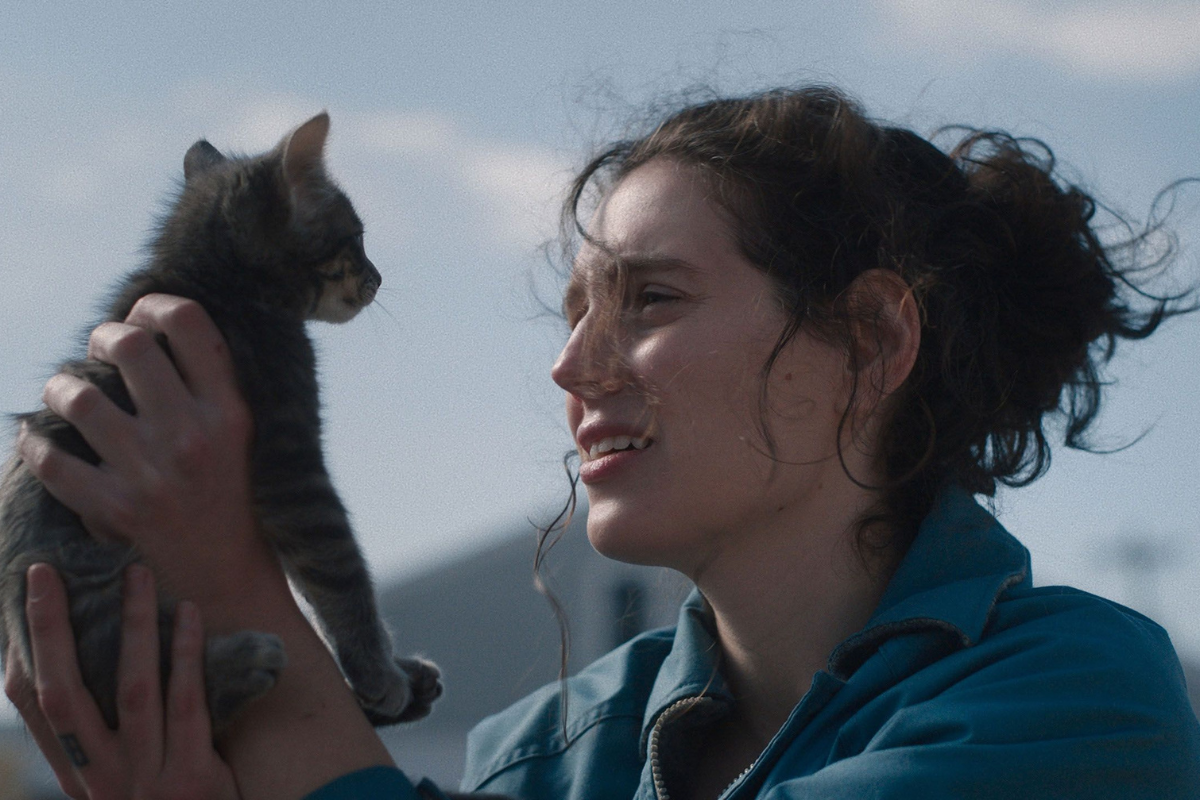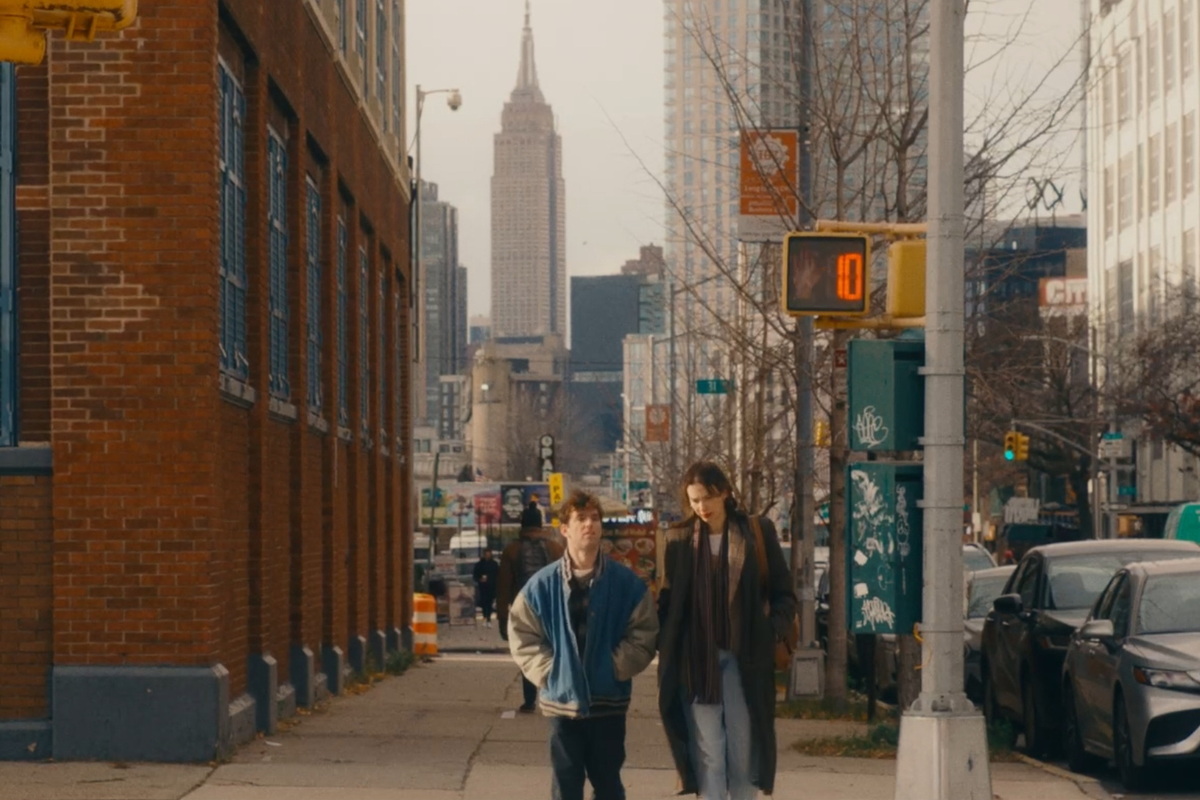Marvel’s ‘Spidey and His Amazing Friends’ Creative Team Talk Bringing Marvel Superheroes to Life on Disney Junior
Executive Producer Harrison Wilcox, along with Bart Jennett and Becca Topol who serve as co-producers, story editors and writers on the Disney Junior Marvel series discuss making Spider-Man for kids and writing tips.
In the 60 years of Spider-Man’s reign over pop culture, he’s been adapted many times across comic books, movies, and animated television series for a wide age range of fans. But now, the friendly neighborhood Spider is crawling his way over to preschool. Spidey and his Amazing Friends is the first Marvel production designed for Disney Junior, which specifically markets to younger audiences. The show centers around the rascally adventures of Peter Parker (Benjamin Valic), Miles Morales (Jakari Fraser), and Gwen Stacy (Lily Sanfelippo) as they team up to defeat classic Marvel villains and save the day–while also learning valuable lessons in the process. In Season 2, Team Spidey will join forces with Ant-Man and the Wasp and Iron Man to stop familiar baddies like Doc Ock and Green Goblin, along with new adversaries Electro and Black Cat.
In this interview Script Magazine talks to executive producer Harrison Wilcox and story editors, writers, and co-producers Becca Topol and Bart Jennett about adapting the Marvel heroes for a preschool audience, important lessons for children to learn, and storytelling advice for aspiring children’s screenwriters.
Destiny Jackson: How were you first introduced to Spider-Man?
Bart Jennett: I'm sorry to say I was a devoted Mad Magazine kid and for some reason I didn't get into superhero comics at all– though of course, it was impossible not to be aware of a character like Spidey, who's been so popular for so long. I finally got bit by Sam Raimi's wonderfully radioactive Spider-Man. There was something about the sense of discovery and exhilaration of Peter's journey in that film that really drew me in, but what I think totally sealed the deal was its grounding in an ethos that still resonates -- with great power comes great responsibility. It didn't feel corny, it just felt right -- especially given the gravity of what Peter was going through at the time. It was a lot of fun, it was thrilling, it was funny, I totally would have loved to be Peter as a kid (It's a great fantasy as an adult too!) That movie for me was probably my favorite superhero experience ever -- and I've been a Spidey fan ever since.
Harrison Wilcox: The first time I encountered Spider-Man was the 90s cartoon show. Those shows were instrumental, I think for a lot of people turning into Marvel fans, including myself. That's actually what attracted me to working in animation for Marvel in the first place I wanted to bring in the next generation of Marvel fans by sharing my love for Marvel with my own kids.
Becca Topol: Same as Harrison, this is where I first felt this deep passion for Spidey and just the whole universe. He really is a character that resonates for all ages in a way this show makes perfect sense, because kids feel it anyway, the idea of being a hero and serving your community and taking responsibility.
Wilcox: I was just reminded that my mom took me to a bookstore when I was a kid and I picked out the “Spider-Man and Venom: Maximum Carnage” trade paperback. It had Captain America, Iron Fist, and Cloak and Dagger. And not to lean too hard towards the title of this show, but he did have all these really cool friends that were always helping him, and that was something that really attracted me to the character. Spidey is friends with everyone. He's friends with Avengers. He's friends with the kids in the neighborhood. He's just the everyman at Marvel.
I’m familiar with the 80s Spider-Man and His Amazing Friends series where he’s paired up with Iceman and Firestar. But you’ve all carved out your own space with Gwen and Miles being his sidekicks, is there a reason you picked them in particular?
Wilcox: Miles and Gwen exploded into popularity after Spider-Man: Into the Spider-Verse film, and of course, they were popular in their comics as well. And I think it was a unique opportunity to look at if we’re going to do a show about Spidey and his amazing friends, who would be his friends? And it was sort of a natural fit that Gwen and Miles filled.
Topol: I came in on Season 2, but I felt the choice of having equal leads was deliberate. With the three of them together, you can see that each one has individual skills and how they use them. Miles’ art comes in handy for certain cases, Gwen’s detective skills, and Peter’s use of tech and science. I love that because the dynamic works very well to compliment the balance of humor and heart in the show.
In my mind, I want to turn this into a drama though. Are we going to see a child-size Wilson Fisk or Vulture running around? I want to know what can fans expect out of this Season 2 and beyond.
Wilcox: Fans should write letters to Disney Junior. [laughs] We spend a lot of time figuring out what the new characters will be season to season, both the heroes and the villains. We want to have characters that we don't already have on the show. We want to find interesting personalities and powers that will lead to new story opportunities for our three main characters. What would be interesting? Who would be interesting for them to interact with? What sort of interesting scenarios would come out of that? And how can Gwen, Miles, and Peter use their skills and characteristics in new and interesting ways for our audience based on those new characters?
Topol: Well, you don’t want the show to be too scary. [laughs] We always want to make sure the ideas are aspirational and make sense for the story.
Wilcox: For example, this season, we added Ant-Man and Wasp. We just thought, 'Hey, wouldn't it be fun to have characters that can grow and shrink? Wouldn't that lead to a bunch of interesting story opportunities?' So, that's just a very easy reason to use them.
Then there’s our new villain, Black Cat. We realized we didn’t have a villain that makes mistakes that aren’t really bad. We were looking for a character that makes mistakes and has trouble learning good but isn’t trying to be bad, per se. So we thought Black Cat, might fit the mold as a villain who isn’t trying to be bad, but just doesn’t know any better and she can learn from our heroes. This idea is also relatable to this particular audience who are learning how to interact appropriately in the world as they start going to preschools and daycares and making friends at the library, those sorts of things.
Jennett: One of the episodes I wrote from scratch this season, "Can’t Stop Dancing," follows Green Goblin as he zaps the superheroes with a ray that makes them dance. Spidey has been overthinking things all day, and when he's the only remaining un-zapped superhero he's gotta loosen up and fake an improv dance to fool Green Goblin and get the upper hand. I certainly had a lot of fun. My favorites tend to have some kind of connection to family or friends or personal growth issues for our heroes to deal with. It really keeps these superheroes feeling identifiable as kids.
What’s different for the characters this time in Season 2?
Wilcox: There are a number of episodes this season that have an environmentalism angle to them. I am very passionate about this, so it was very important for me to convey that ecological angle. We tell a lot of stories about what is timely right now like, 'Uh-oh we've run out of water to water the garden. What's going on? Why are the flowers dying?' And the team finds out that one of the villains has turned off the water supply and stolen all the water for themselves. And if nobody has water, what happens? And why is that bad? And why is it important to conserve water? Things like that. And that's something we did not get into in Season One, but it is a recurring theme in Season 2 that I'm very excited about.
Topol: I love that this season has a lot about protecting animals that are part of our community as well. There's a really fun episode where Doc Ock is trying to control the whales in order to control the harbor, and team Spidey comes in to interact and help the whales. So, the message about the larger spirit of our community is much wider than what we think, or I shouldn't say than what we think, is wide. We live in a big community and it's important to take care of others.
In terms of writing for children’s television, what is some advice that’s important to keep in mind?
Topol: I think that the big thing is: don't talk down to kids. The writing is not about preaching or talking down, it’s about bringing them on the journey of your story so they can be inspired or they can imagine themselves in the scene that you are writing. Don't be afraid to introduce stuff that children may not know. They're going to learn. You can write new words to learn and situations to learn about. I think that part is fun. I would also say that as a writer, you should spend time getting in touch with your inner child. Because the fact of the matter is, if you crack yourself up, then other kids are probably going to crack up too because that’s the person you have to be when you write children’s television.
Jennett: The most essential thing I'd tell writers who want to write for kids is just to write for yourself, write to entertain yourself, but make what you write accessible to kids. By that I mean that even as adults we still feel all the basic emotions we felt as kids: we like to laugh at silly things, we get excited by things we want to do or see, we crave friendships, we want to be proud of ourselves, we seek acknowledgment for our achievements. The list goes on. We don't grow out of these things. I'm decades away from my childhood, and in a lot of essential ways I feel the same as I did back then. So, if you want to reach a kid audience, be true to those emotions you knew and still know.
Considering that this is a kids show, you have to differentiate the live-action or comic book version for your younger audience. Was there any character that was particularly hard to flush out because of this?
Wilcox: Iron Man was probably the hardest one because of how popular the character is and how beloved Robert Downey Jr's performance as Iron Man is. That it was hard at first to figure out, how do we use that character honorably and effectively in this space? And we spent a lot of time working with John Stamos [voice of Tony Stark] and talking about his portrayal. And John was really beyond fantastic with exploring what this version of Tony Stark is on the show, for these characters. That was a really interesting and fun journey we got to go on, and a little unexpected journey that we got to go on to figure out this version of that character.
In terms of the villains, Electro was actually more challenging than I anticipated, because we play her as a puckish force of nature. And sometimes when you get into the second and third acts of writing to that character and the motivations behind that character, it's very easy to stop and say, 'This makes more sense as something Goblin would do or something Doc Ock would do.' So, keeping it true to Electro and not letting it deviate into those other easier motivations was something that I didn't expect to have as a challenge in Season 2. But at the end of the day, it made it a lot of fun to try to figure that stuff out.
Topol: And I think there's a nice nuance to Iron Man that I really like. He has a mentor feel to him, which is a really sweet spot. He's got a bit of a fun, playful spirit to him when he teams up with them. So, it's a real nuance, but I feel like it's worked out really well.
Wilcox: We also added Gwen’s Dad George Stacy [voiced by Scott Porter] Gwen's dad, this season. You know in the comics and movies and everything, Peter does not have a father figure, so it is nice to have that slightly older mentorship in that big brother aspect of Tony bopping around on the show.
Season 2 of Spidey and His Amazing Friends is now available on Disney+ and Disney Junior.
Learn more about the craft and business of screenwriting from our Script University courses!
Destiny Jackson is a freelance journalist with bylines at The Hollywood Reporter, Filmmaker Magazine, and CSUDH Bulletin. She delights in writing about TV, Black culture, literature, video games, and travel. When she’s not stuck behind her laptop, she can be found haunting the local cinema, listening to Coldplay (unironically), or looking for pictures of Spider-Man. You can follow her on Twitter @destinydreadful







